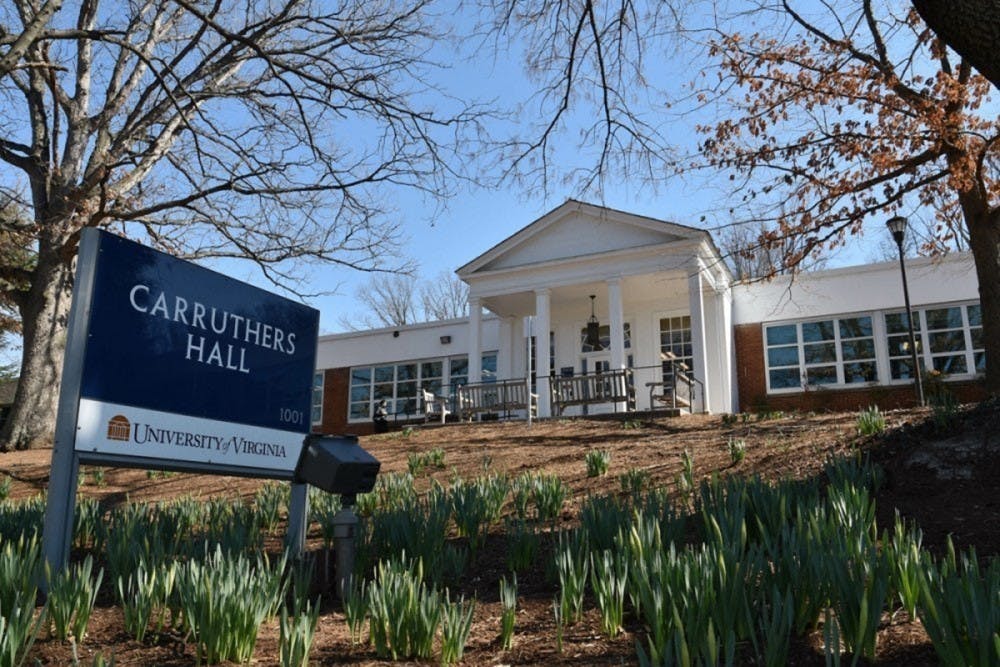Although temporarily blocked in court, the application for federal student loan debt relief is now available. Individual borrowers who earned under $125,000 or families — including their college-attending dependents — who earned under $250,000 in 2020 or 2021 are eligible for relief. For eligible borrowers, the federal government will relieve up to $10,000 for those who are not recipients of a Pell Grant and $20,000 for those who are. This relief — which President Joe Biden campaigned on — will help millions of Americans. But student loan forgiveness cannot stop at the federal level. Private borrowers should also be aided as Biden and future administrations expand debt relief, which I firmly believe they should. Students who have no choice but to take out private loans should not be neglected as they pursue their education.
First and foremost, $10,000 or $20,000 will not entirely dissolve the debt of most federal borrowers. The average federal student loan debt balance is over $37,000 per borrower, and Biden’s debt relief only puts a notch in that hefty amount. The costs of college have even caused one-third of federal borrowers to drop out of school before receiving their degree but are still left with the burden of paying back loans.
The federal government caps borrowing amounts for both undergraduate and graduate students. Like many students, I have exhausted my federal options and taken out private loans with harsh interest rates. Whereas federal rates do not exceed 7.54 percent, private loan interest rates can reach as high as 12.99 percent. Biden’s debt relief plan does not help private borrowers who have to borrow beyond their federal caps in order to pay for school. Existent private loan regulation focuses primarily on preventing scams, deception and discrimination. Private lenders are mostly free to set their own terms without federal regulation keeping interest rates low. The federal government should recognize this and make a concerted effort to help the people having to borrow from these lenders.
In-state undergraduates in the University’s College of Arts and Sciences pay up to $21,064 in tuition and fees. The University estimates over $18,000 in additional costs for most students. These include housing, food, school supplies and other personal expenses, but tuition alone exceeds the federal loan borrowing limit. Even with financial aid, far too many students are falling tens of thousands of dollars into debt to receive a college education. The University has given free tuition to students from families making less than $80,000 a year, but this still fails to help middle class families making just over that number and having to foot that $18,000 tuition bill. For students from such families paying for school on their own, federal borrowing limits, private interest rates and high tuition costs are crushing. A college degree is a prerequisite to well-paying employment in many job sectors — not going to college is not an option for those who struggle to afford college but pursue these fields.
I call on the Biden administration to extend its debt relief efforts to private borrowers to help those of us relying just as much on private loans as federal ones. Private loans represent 7.3 percent of all student loan debt. Although the $1.28 billion private loan total — far less than the federal student loan balance of $1.62 trillion — may seem small in comparison, it is on top of the tens of thousands individual private borrowers are already taking out federally. Every extra dollar in a private loan is painful when interest rates are high. That lesser number is more manageable for the government to address, and it must. Private borrowers have to fall even further into debt to receive higher education, and the federal government must reduce the financial fallouts of our schooling.
Additionally, I believe the University should increase the $80,000 threshold for free tuition to aid more middle-class families. Currently, the University has no sympathy for students paying for school on their own but receiving aid based on their parents’ income. But it could help us by raising that threshold to eliminate tuition costs for more students. Given Biden’s campaign goal of making public college and university tuition free for families earning less than $125,000, I believe the University should dedicate itself to the same mission. This will not only make the University more accessible to more middle-class students but will also lessen the burden of loans for students who must currently borrow from private lenders. Two years into Biden’s term, however, I also call on the Biden administration to act rapidly to meet his campaign goal of free tuition. If achieved, this goal will proactively reduce the need for debt relief in the first place and help more middle class families attend college.
Bryce Wyles is an Opinion Editor for The Cavalier Daily. He can be reached at opinion@cavalierdaily.com.
The opinions expressed in this column are not necessarily those of The Cavalier Daily. Columns represent the views of the authors alone.







